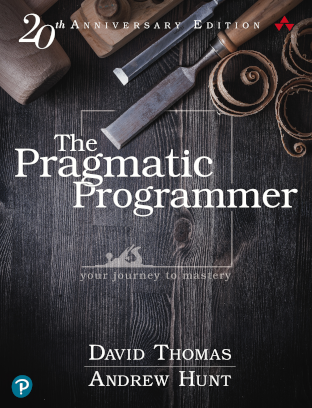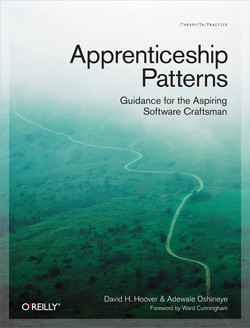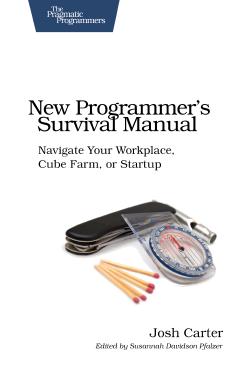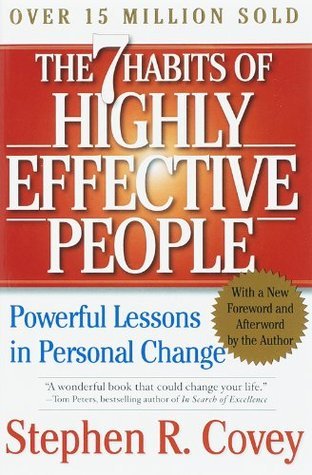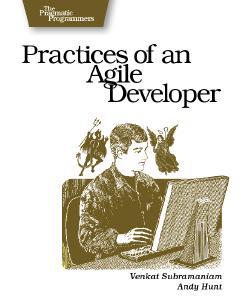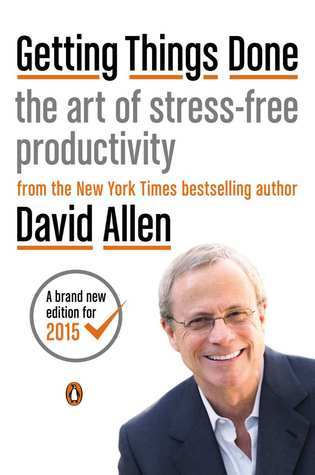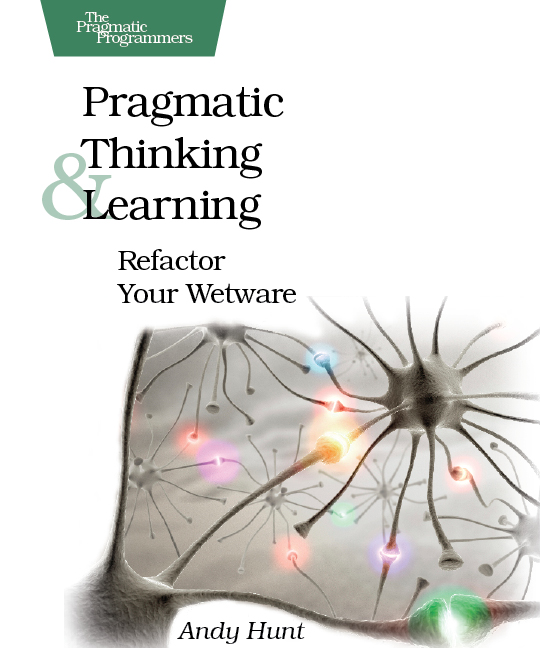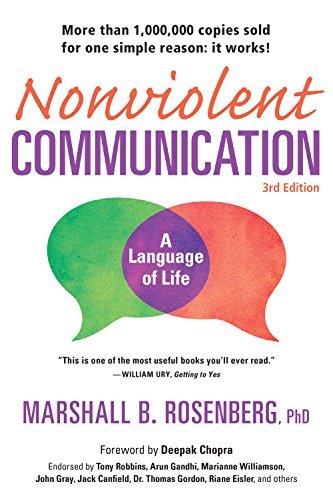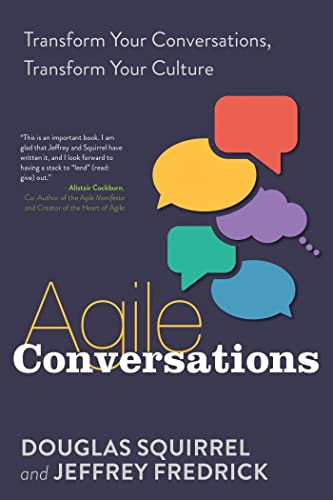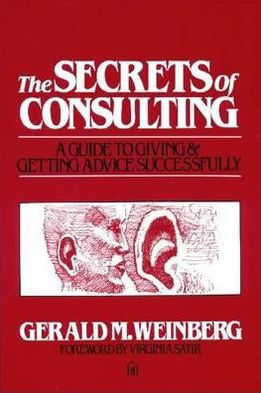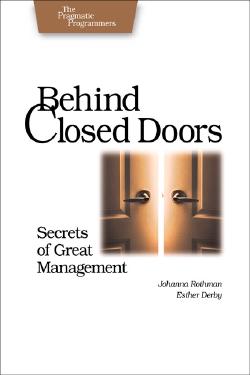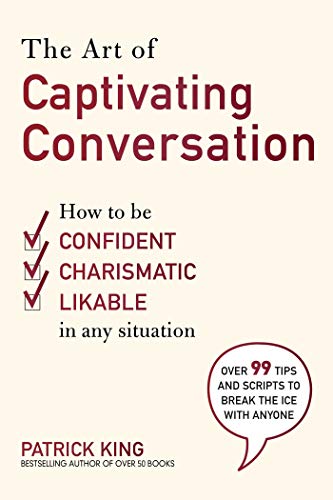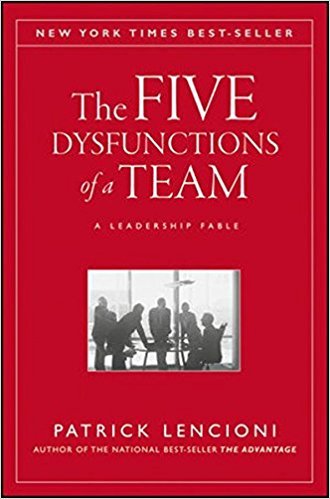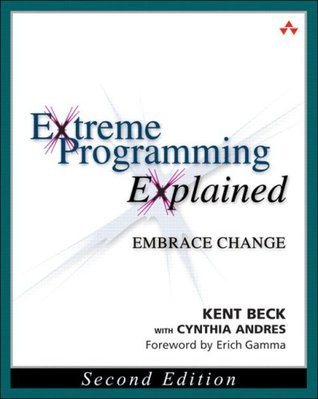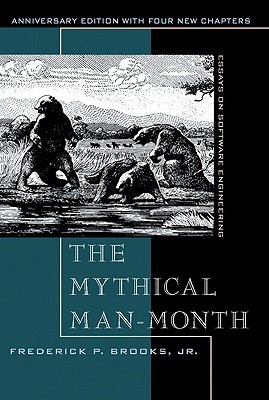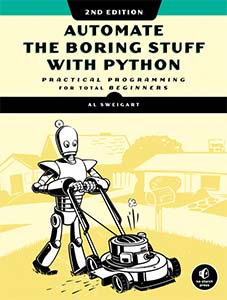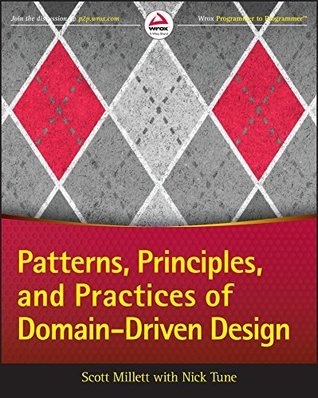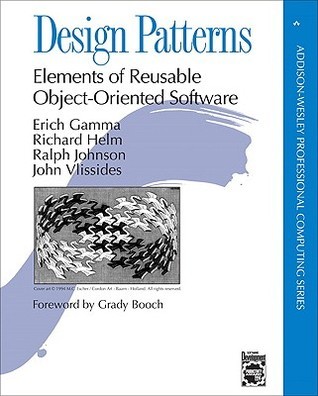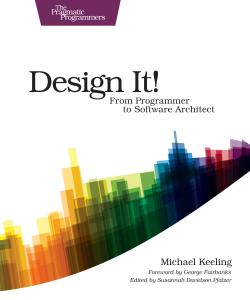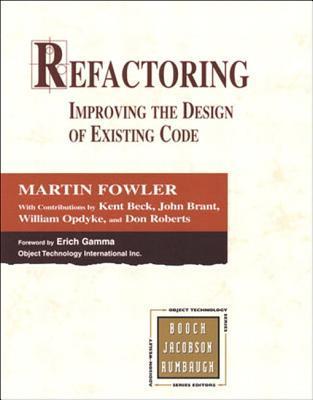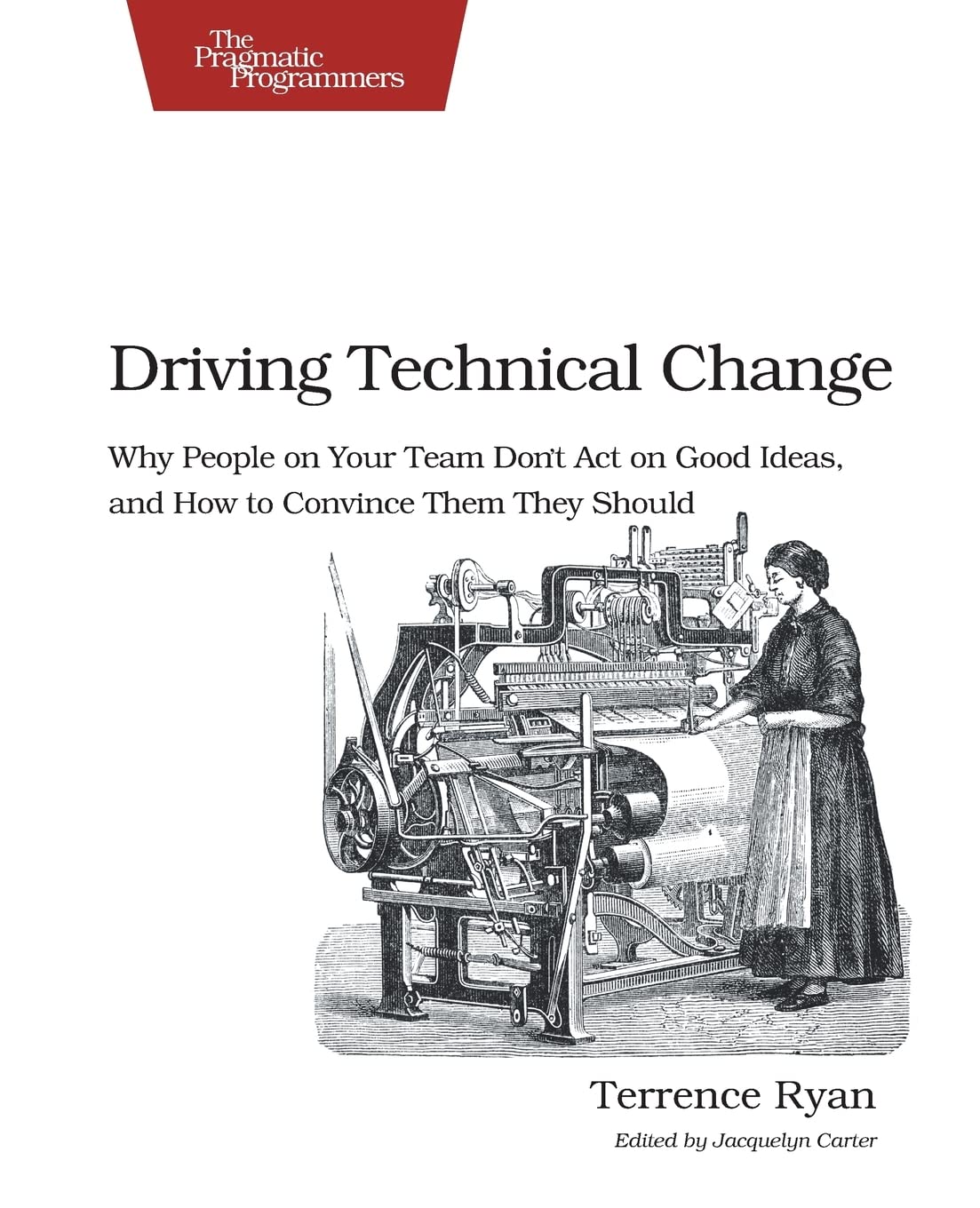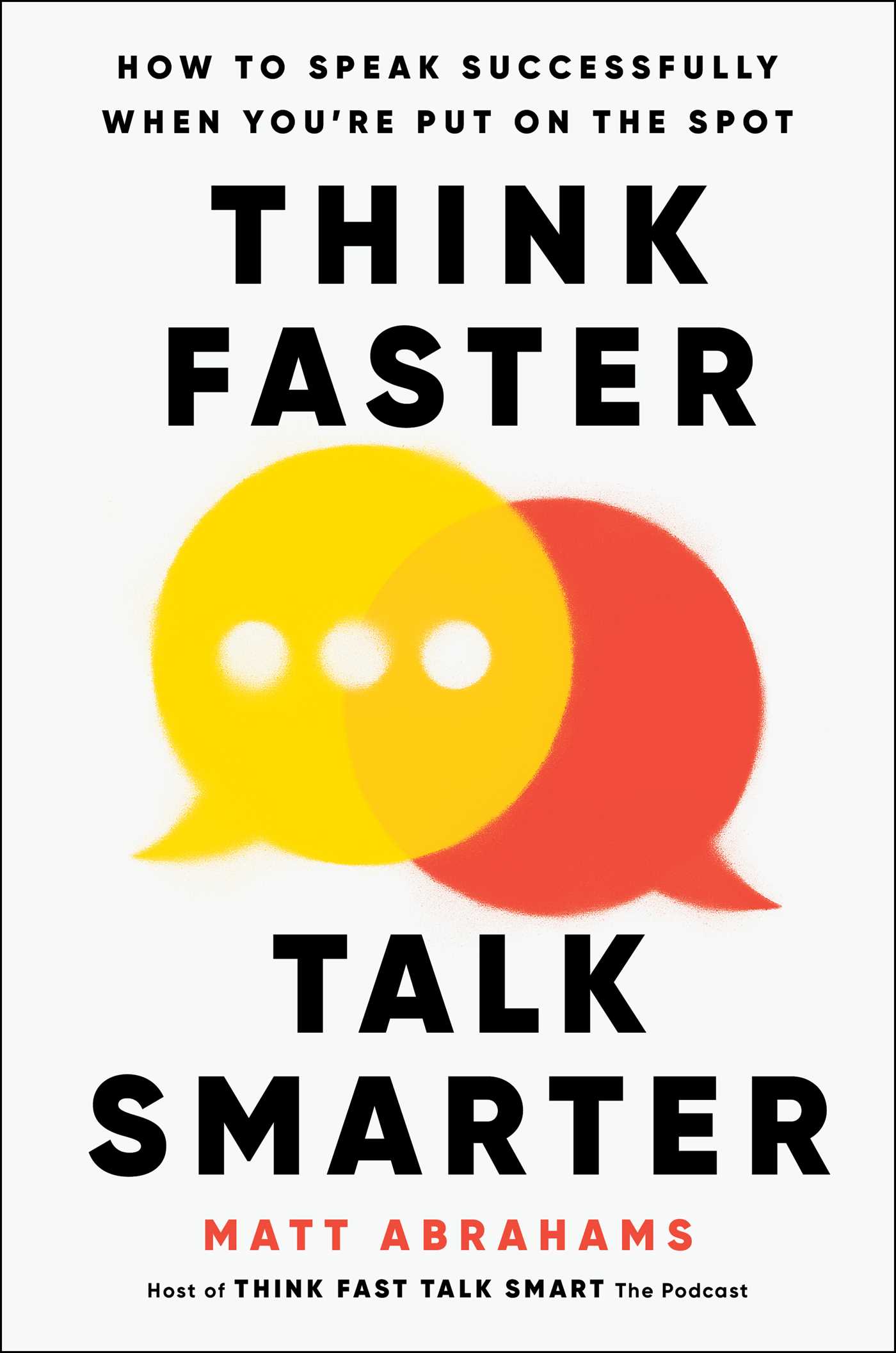If you enjoy learning and reading, one of the best sections in each book is the bibliography. It contains a list of books that generally link to the topic you were reading about in the first place. As I also like scavenging for new material, I aimed to add a short description to each book referenced here. This will help you figure out why I added it to this list, and whether or not it is something you’d enjoy digging into deeper.
In order to help you find a book suited to your current skill level, and understanding, I have added suggested “complexity levels” to each of
the books in this bibliography.
The complexity levels are as follows:
- Novice-friendly: These books are ideal for those new to a subject or field. They provide a gentle introduction, starting from the basics
and building foundational knowledge. Concepts are explained in a straightforward manner without assuming prior expertise. Practical examples
and step-by-step instructions are common features.
- Intermediate level: Intermediate books are designed for readers who have some foundational knowledge. They delve deeper into the subject matter, exploring more advanced concepts and techniques.
Readers should have a solid understanding of the basics to fully grasp the content. These books often bridge the gap between beginner and
advanced levels.
- Advanced / In-depth: Advanced books are intended for experienced individuals or those who have already mastered the basics and
intermediate topics. They explore complex and specialized areas in depth. These books assume a high level of prior knowledge and may involve
advanced mathematics, technical jargon, or abstract concepts.
- Reference / Comprehensive Guides: Reference books provide comprehensive coverage of a subject, serving as valuable resources for both
beginners and experts. They often include detailed explanations, case studies, and extensive documentation. Readers can use them to deepen
their knowledge or as ongoing references throughout their career.
- Specialized / Niche: These books cater to specific niches or specialized areas within a field. They may be suitable for individuals with a
particular interest or expertise in a narrow domain. Prior knowledge and experience relevant to the niche may be required.
- Mixed: Some books may combine content that spans multiple levels, offering a comprehensive learning experience. They often include introductory chapters for beginners and progressively more advanced topics. Such books can be valuable for readers looking to deepen their expertise in a specific subject.
